The Legend of Zelda: Tears of the Kingdom has big shoes to fill. The conversation around Breath of the Wild’s open-format story, updated formula, and graphical fidelity quickly established it as an instant classic, and this sequel has managed to deliver an even greater experience.
Returning to Hyrule in Tears of the Kingdom, it’s incredible to see that not only is that high level of quality and detail retained, but in many ways, it has excelled where Breath of the Wild had shortcomings.
Tears of the Kingdom Picks Up Right in the Action
Tears of the Kingdom throws players onto the back foot immediately as Zelda and Link watch a withered and imprisoned Ganondorf awaken. While Link was able to stand against Calamity Ganon, the real deal quickly defeats him, Zelda goes missing, and Ganondorf’s influence begins to exude across Hyrule. From the start, Tears of the Kingdom wants players to know that the story is important, and they want to show it to you instead of you having to find it. This pacing and exposition remains throughout the densely packed tutorial area until you reach the surface of Hyrule where the player’s options explode out in every direction.
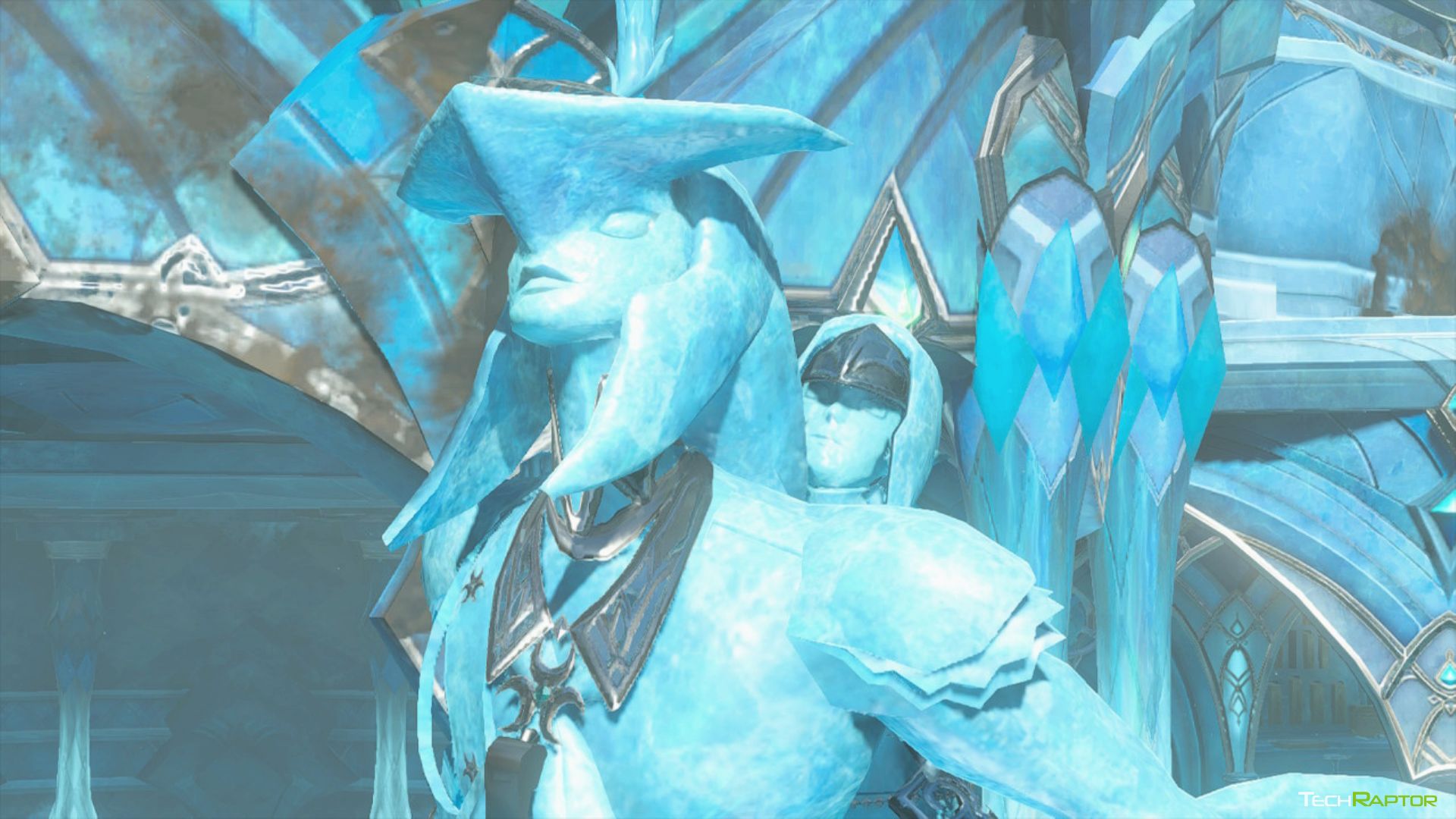
One of the largest criticisms I had with Breath of the Wild was how the story took a backseat. Time was focused on the mechanics of shrines and the world itself, but between the memories and story elements of the Divine Beasts, there wasn’t much more. The introduction in Tears of the Kingdom, while exposition-heavy, felt like a promise to deliver not only a more compelling story but a more consistent one. Memories, cutscenes of the past, return from BOTW and fuel the greater context around Zelda and Ganondorf, but in the present, Link’s adventure has him visiting the Zora, Gerudo, Goron, and Rito people, reuniting with familiar faces and investigating unnatural phenomena disrupting life. As you tread into affected regions of the map, NPCs also react to the strange state of the world. It makes the world feel more lived in that not only the main characters have an understanding of the stakes.
Tears of the Kingdom’s main story quest pairs Link up with a member of each of the different races of Hyrule, ones destined to become the Sages. Each of these questlines consists of discovering what natural phenomena are plaguing the region, investigating it, locating a temple, and defeating a boss to save the land and awaken the Sage’s power along the way. The puzzles don’t only begin once you’re inside a Temple, as reaching each one has its own challenges to overcome. It makes the dungeons feel larger than what’s within the Temple walls. This approach managed to blend together the open-world energy of Tears of the Kingdom while also giving classic Legend of Zelda fans a taste closer to what they’ve been missing.
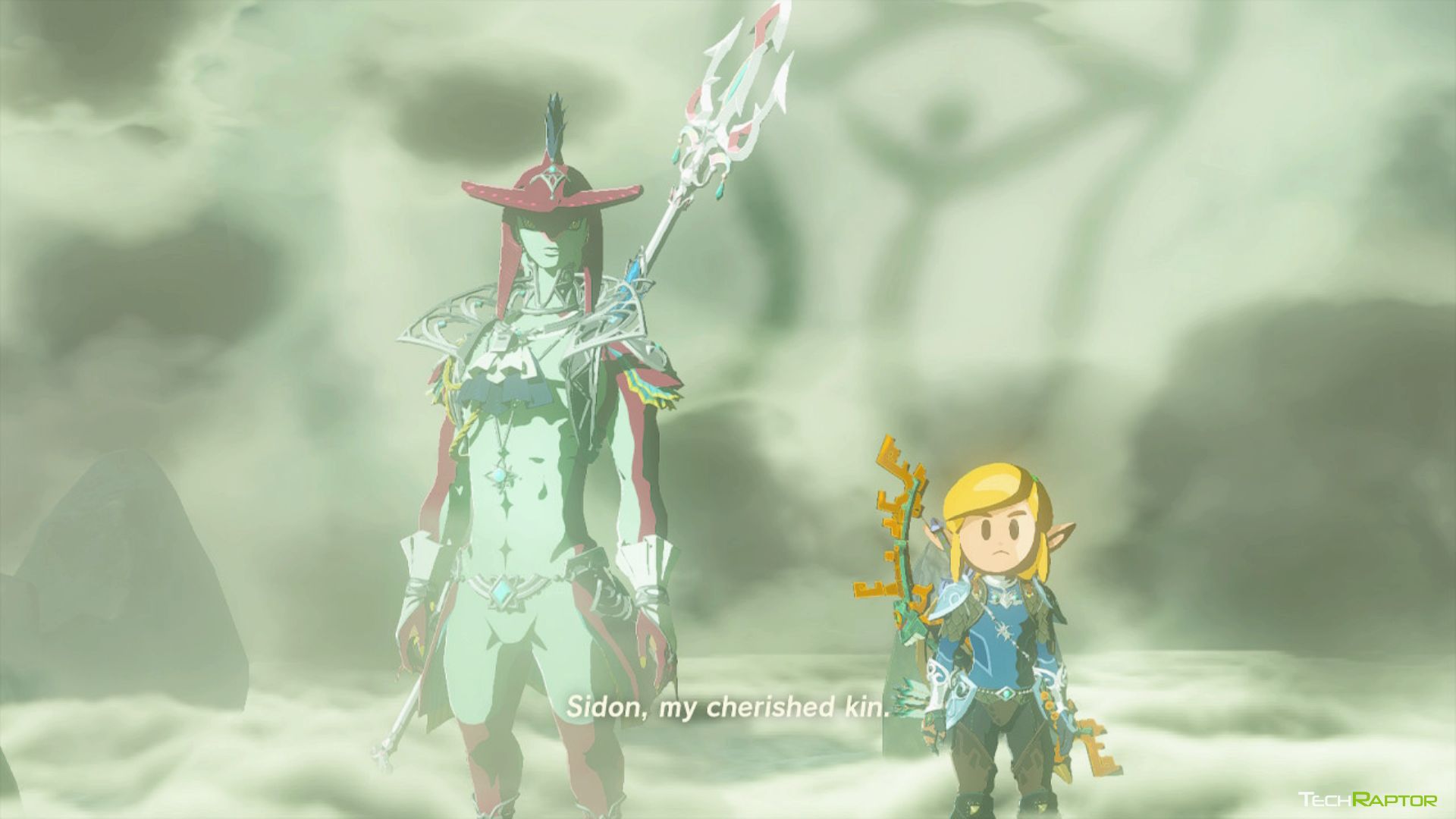
The cherry on top of Tears of the Kingdom’s story was how many elements of the world you can run into that seem disconnected but end up weaving themselves together. Running into Master Kohga or collecting the Memories feel like their own strand of the narrative – until you find out they’re all woven together at a certain point. I always felt like I was progressing the story no matter what quest I was completing.
Link Isn’t a Royal Knight for Nothing
Combat in Tears of the Kingdom at its base level is similar to previous 3D Zelda titles. Sword and shield in hand, you’ll be fighting Moblins, Bokoblins, Gibdo, and more ridiculously named Legend of Zelda enemies. The experience is fun and familiar but can be spiced up by using your abilities. Link’s primary combat ability is Fuse which can be used to combine equipment and monster parts to make them more effective.
I really enjoyed the importance that fusing monster parts puts on weapons in Tears of the Kingdom. This function works well for me on two different fronts. Firstly, it opens up the possibility of any weapon, from the Master Sword to a simple stick, to be viable throughout the whole game. I didn’t need to remember where certain strong weapons spawn and return there after breaking all of my good stuff to feel powerful again. Secondly, it promotes pushing players to get into difficult battles. The reward will usually be a powerful fuse piece among other items so you can fight something even harder.
Weapon durability is back whether you’re a fan of it or not, but the new Fuse ability makes durability more forgiving. Anything with a damage stat, usually a weapon or monster part, can be fused to your weapon to make far more powerful creations. You no longer need to explicitly hoard powerful weapons because now you can attach a Silver Bokoblin Horn to any weapon and its damage value will reach 30+. Even with a strong weapon, nothing can compare with the power of fighting with your friends.
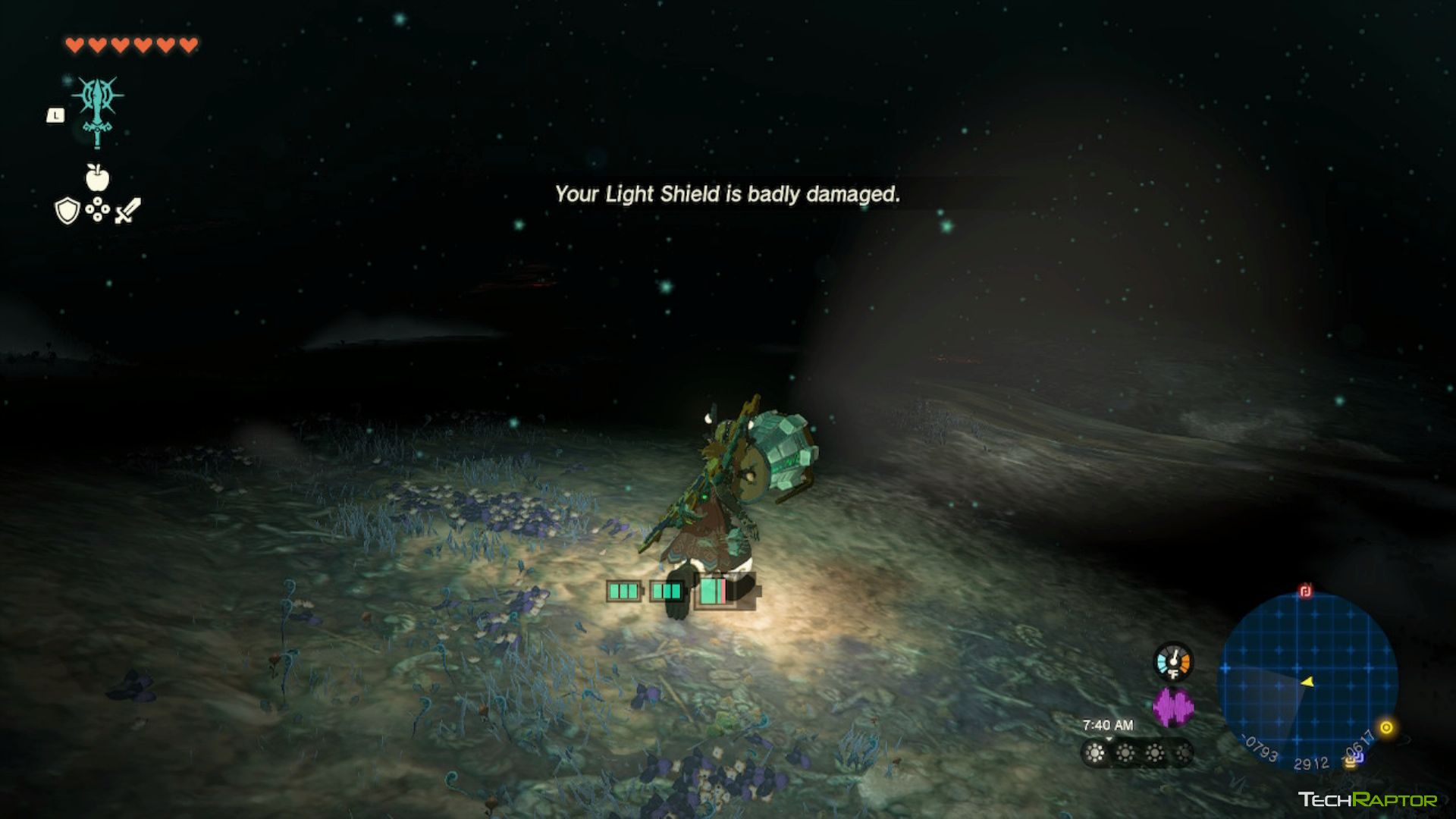
Reunite the Sages of Ancient Times
An area of combat that is completely new to Tears of the Kingdom is the Sage companions who join Link in his battle against evil. After completing a section of the story, you’ll be able to summon and dismiss the Sages at will to fight alongside you, each also offering you access to a special power. There’s a certain level of satisfaction in watching an enemy that you used to be scared of getting surrounded and beaten down by four party members. The Sages also incidentally work as a way to scale difficulty later in the game; if you find the game becoming too easy, you can dismiss Sages and return to adventuring alone as Link.
One aspect of the Sages that is frustrating is that to activate their abilities, you need to approach and interact with them. When you have multiple Sages running around or are trying to make sure an enemy doesn’t hit you, it can be frustrating to have to look around the battlefield for the Sage whose ability you’re wanting to use. If your Sages are close together, you also run the risk of activating an incorrect ability. Even when finishing a battle while mashing A to pick up materials I’d find myself accidentally throwing a rolling Goron or activating a gust of wind.
Breath of the Wild had power scale issues where after you had obtained enough upgrades or knew where good weapons were, the challenge of the world was lost. Tears of the Kingdom has managed to create a solution for this, albeit a simplistic one. The game offers more to do and explore in the postgame, so even when you’ve met the challenge of defeating the final boss, there are still harder encounters to take on. Whether it be the Gleeoks around the map or armored Lynels hiding in the darkness below, players will continue to be pushed to stay on their toes.
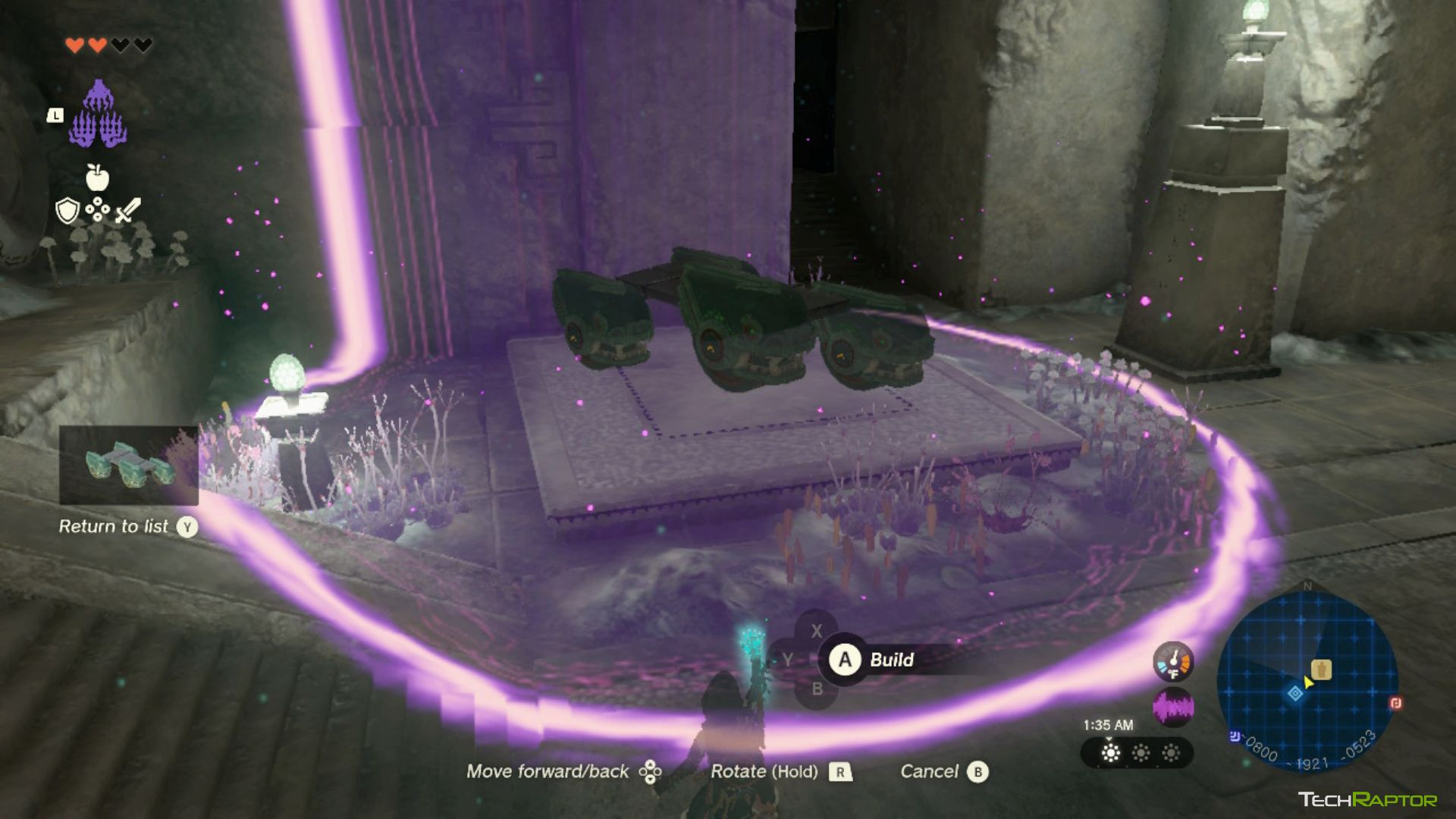
The Power of the Zonai in the Palm of my Hand
Link’s other new abilities lend themselves more toward exploring Hyrule. No longer in possession of the Sheikah Slate, Link must use abilities granted to him by his new Zonai arm. Some of the powers that help Link navigate the world more efficiently are Arise, which lets him swim vertically through solid objects, and Ultrahand, an evolution of Magnesis, which lets Link move and stick items together. His final new skill is Recall which lets you force objects to move in reverse through time.
Exploring the Great Sky Islands, you immediately get an appreciation for each new ability’s utility. As you continue to progress, it’s clear how much time and thought went into how many ways each of these abilities can be used. With the increased focus on underground traversal, the ability to use Arise to return to the surface immediately creates an efficient shortcut. The chance of getting lost in a deep wandering cave system could have discouraged many from even setting foot into caves, but with this ability, there’s no penalty. Each ability is as much about empowering the player to experiment with the physics of the world as it is to make the journey as seamless and efficient as possible.
Mechanics Working Together to Enhance the Whole
The true beauty of each of these mechanics isn’t just in how they can be used, but how they work together. A week after launch we don’t need to tell you how many awe-inspiring or truly horrific creations have been made through the combination of these abilities, ranging from a functional robot created through the Ultrahand ability and various Zonai constructs to a crucified Korok on a wagon. Tears of the Kingdom gives players the tools to bring an idea to life—and it will work as intended. Every time I see someone’s new creation on social media, it expands my idea of what is possible in this game.

These abilities allow for a greater variety of Shrines to be encountered. You might encounter a shrine that’s only combat or one that has you navigating a dark maze, but for each standard shrine, you’ll encounter one that has you driving a car through lava or diving through ceilings to avoid laser grids. My favorite shrines take inspiration from Eventide Island of Breath of the Wild; as you enter you’re stripped of all of your equipment and armor. It’s the perfect test of wit and ability as you navigate the combat challenges with so little.
Hyrule Has New Depths. No, Literally…
As you adventure you’ll be able to explore the land, skies, and caves of Hyrule. The world is more packed than ever, not just by the occasional Bokoblin camp or hidden Korok but by the people of Hyrule, environmental puzzles, and other points of interest. This increased density helps it feel alive. With these inclusions it feels less like Link’s open-world playground, but a living and breathing land. The inclusion of more NPC-related side quests and environmental puzzles does a lot to break up the staggering amount of Koroks and Shrines that fill the overworld. No longer is there a sense of monotony and repetition as you cycle between activating, completing, and finding a new shrine, but different landmarks will catch your eye knowing that there’s going to be something there for you.
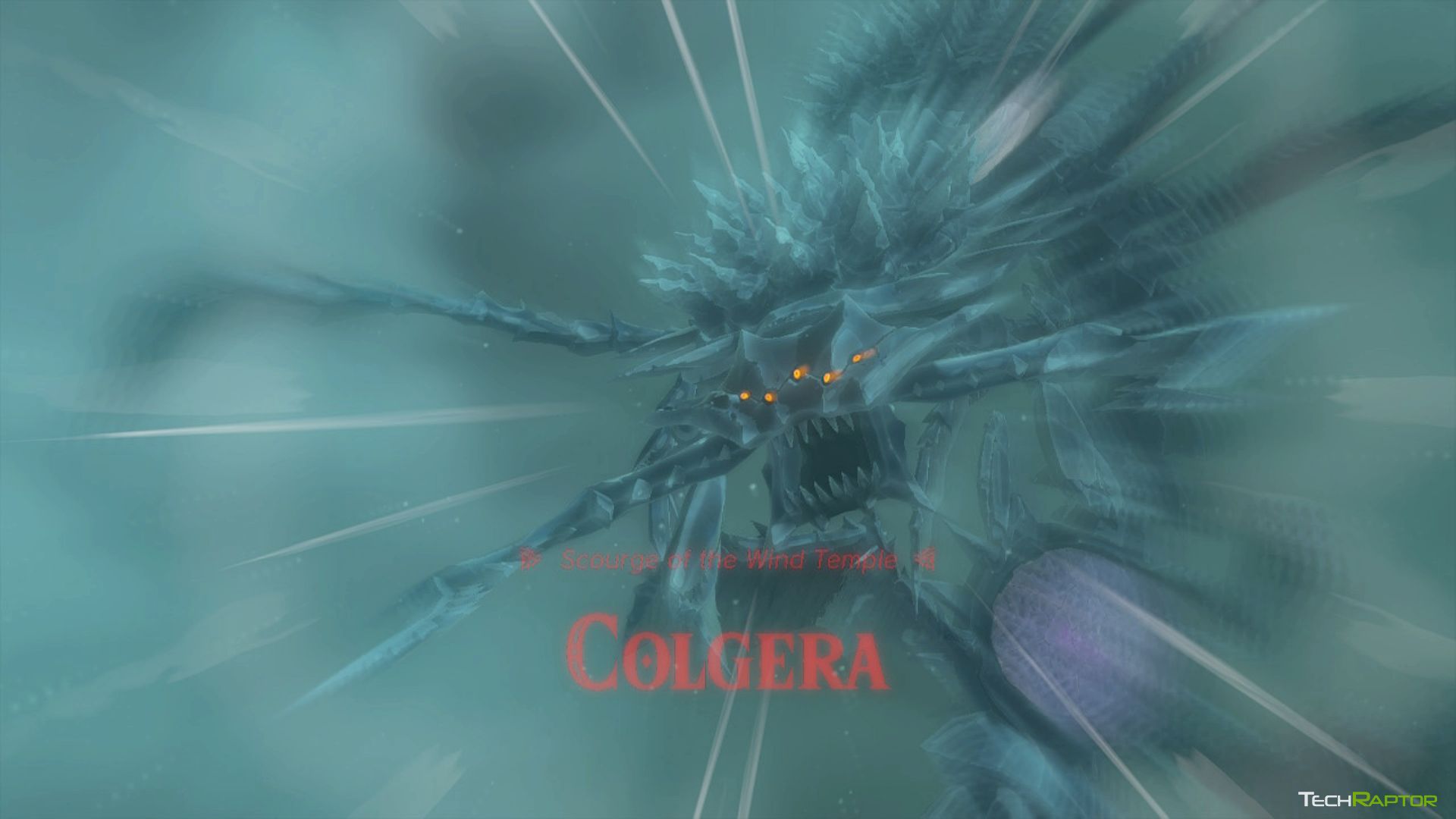
While the Sky Islands were a large part of the promotional buildup for Tears of the Kingdom, it’s The Depths, an entire subterranean region just as large as the overworld Hyrule, that has absolutely blown me away. The Depths are filled with further secrets and powerful enemies capable of quickly crippling Link if you’re not careful. These enemies even inflict a new status on Link, Gloom, that reduced his maximum HP. No matter how many cooked meals you have on you, if you don’t have something to mitigate Gloom, you’re going to have a very tough time down there.
Venturing here early was an exhilarating experience. It felt like I was tempting fate in search of a mysterious reward. Even after completing the game, I still walk through the Depths with caution. It’s a perfect next-level endgame experience for those who want to continue challenging themselves.

An impressive part of Tears of the Kingdom isn’t just in how it looks, but how it performs. While playing you’ll likely encounter a few brief stutters when diving from the Sky to the Depths in succession or when using Ultrahand with a lot of physics present, but there were no prolonged performance issues.
Tears of the Kingdom is an impossibly good sequel to what was already a near-perfect game. What made Breath of the Wild work so well was maintained and improved upon while particular care was given to the aspects of Breath of the Wild that felt underdeveloped. The world is more alive and densely packed with NPCs ready to hand Link a side quest, not to mention how much larger Hyrule is. The weapon system has been improved not by removing durability but by promoting experimentation without getting too attached to certain weapons. On top of that, a soft difficulty system has been implemented where Sages make the game easier and the Depths provide a harder challenge. In my time in Hyrule so far I’ve visited almost half of the Shrines, discovered all of the map, and completed the main story, but there’s still so much going on that it’s hard to feel like I’m not still scratching at the surface of what Tears of the Kingdom has to offer.
Tears of the Kingdom was reviewed on Nintendo Switch over the course of 56 hours with a copy purchased by the reviewer. All screenshots were taken over the course of the review.




